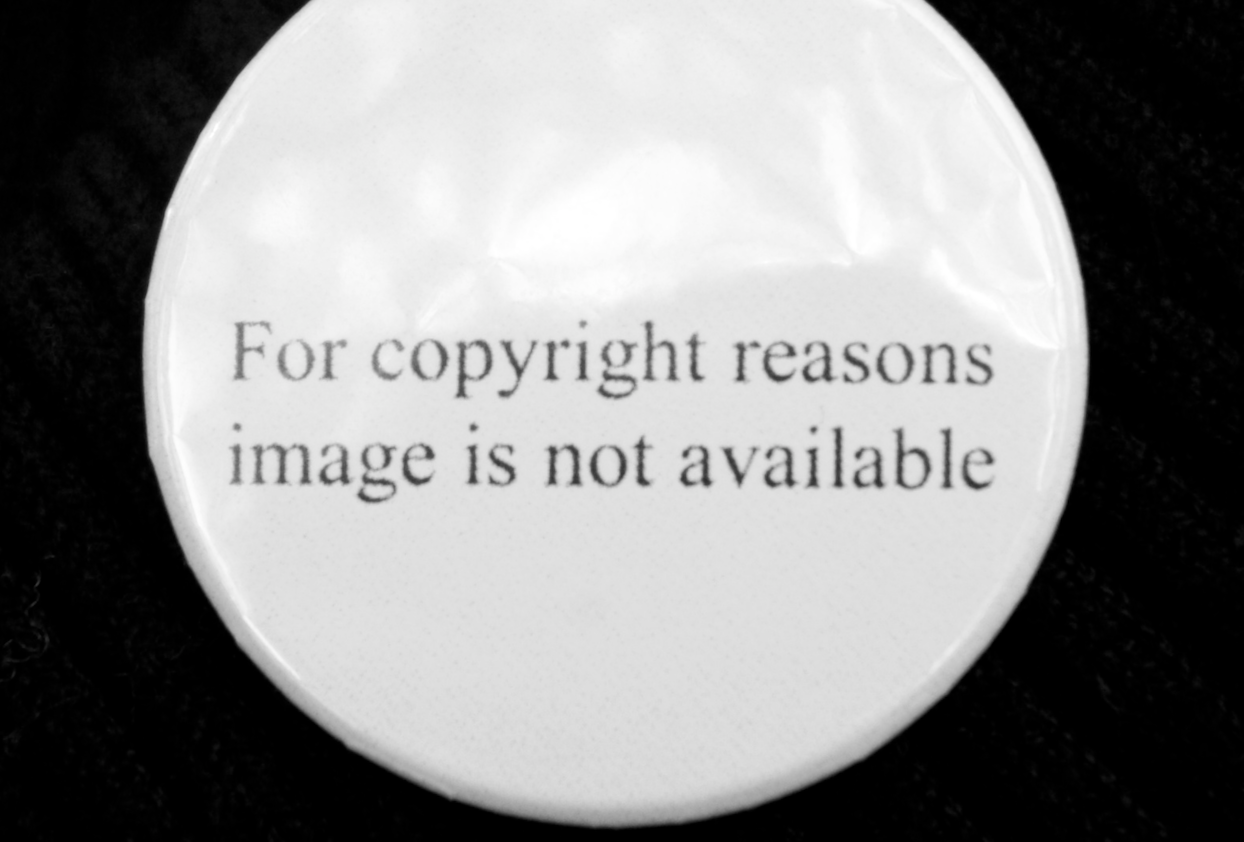First Draft News released a handbook Thursday with guidance for how journalists should deal with images, videos and information captured by people who witness news.
“A Journalist’s Guide to Copyright Law and Eyewitness Media,” by Sam Dubberley, includes country-specific advice for journalists in the U.S., the United Kingdom, Germany, France, Austrlia and Finland. It also looks at some common misconceptions.
Here are a few of them:
Terms of service don’t trump copyright. While you can reshare and embed from platforms including Instagram, Twitter and Facebook, that doesn’t mean you can use the content in them off platform without permission of the copyright owner, according to First Draft’s guide.
As a case in point, Twitter’s Terms of Service state that, as the uploader, ‘You retain your rights to any content you submit, post or display on or through the Services. What’s yours is yours — you own your content (and your photos and videos are part of the content).’
Embedding might be OK. But is it ethical?
Legally, you don’t need permission from someone to embed their content, but consider the ethical implications, the report recommends.
For instance, moving a piece of content from a social platform (where someone might only have 100 close friends and family members as followers) to the front page of a news website significantly changes the potential impact for the person who uploaded the content because their username is viewable and clickable.
Fair use isn’t a blanket.
First Draft News has updated their original post on this to read:
A common misconception is that ‘fair use’ is a reliable legal defense when working with eyewitness media, however, specific and important restrictions apply depending on jurisdiction and relating to type, newsworthiness, attribution and whether the content is already accessible to the public. Fair use should only be explored (with appropriate legal assistance) as a last resort once all efforts have been made to secure permission to use an eyewitness photograph or video.
Mickey Osterreicher, general counsel for the National Press Photographers Association, noted in a comment below that fair use isn’t a black and white issue:
“U.S. Copyright law is voluminous and very complicated. While I understand and appreciate the desire to simplify things for those having to deal with the use of images on social media, I think trying to address the copyright laws in a number of countries is confusing and in this case counter-productive by creating more misconceptions than it resolves.”
Whether an image is newsworthy or already published on social media doesn’t mean it can be used without permission, Osterreicher wrote, and providing credit isn’t a substitute for permission.
“As I said at the beginning — It’s complicated! The best course of action is to seek permission first and remember the golden rule of ‘do unto others as you would have them do unto you’ — who would want their property taken without someone asking permission first?”
Correction: An earlier version of this story oversimplified and incorrectly explained fair use. We’ve updated that section and added Osterreicher’s comments, as well as including First Draft’s update. We apologize for the error.







